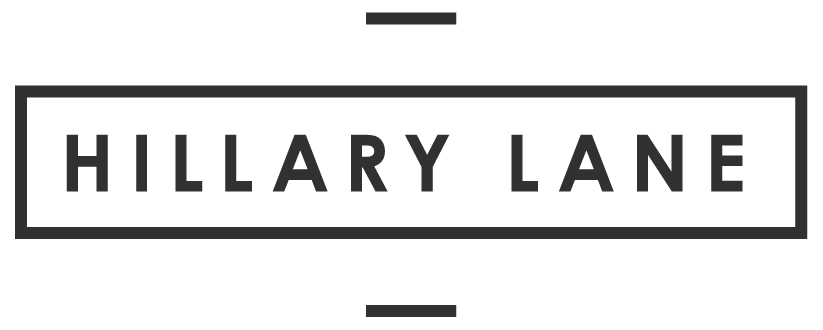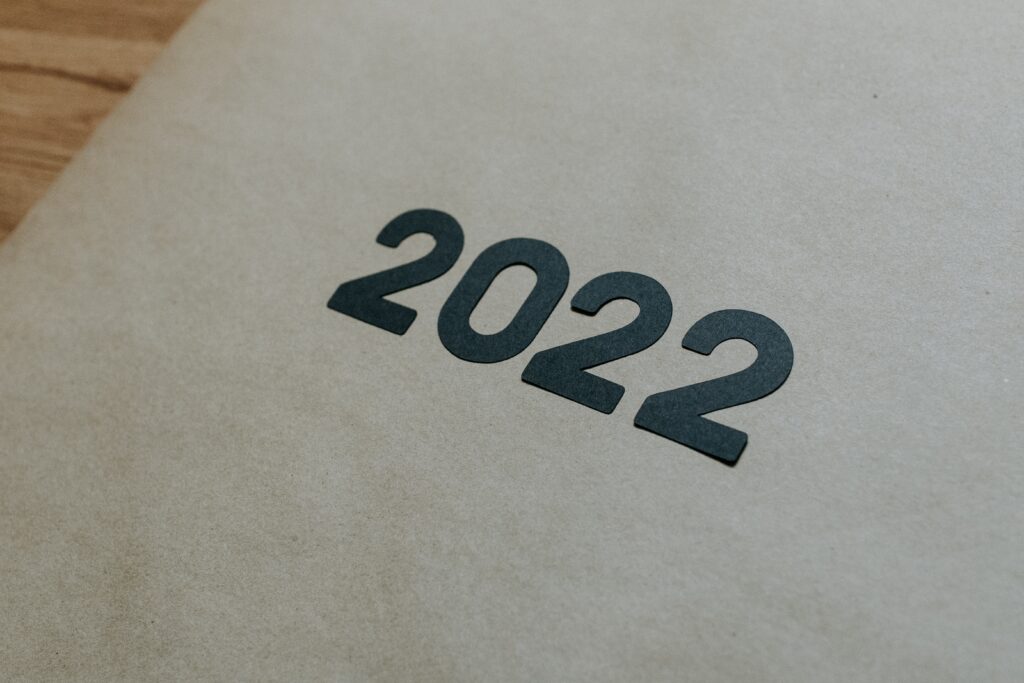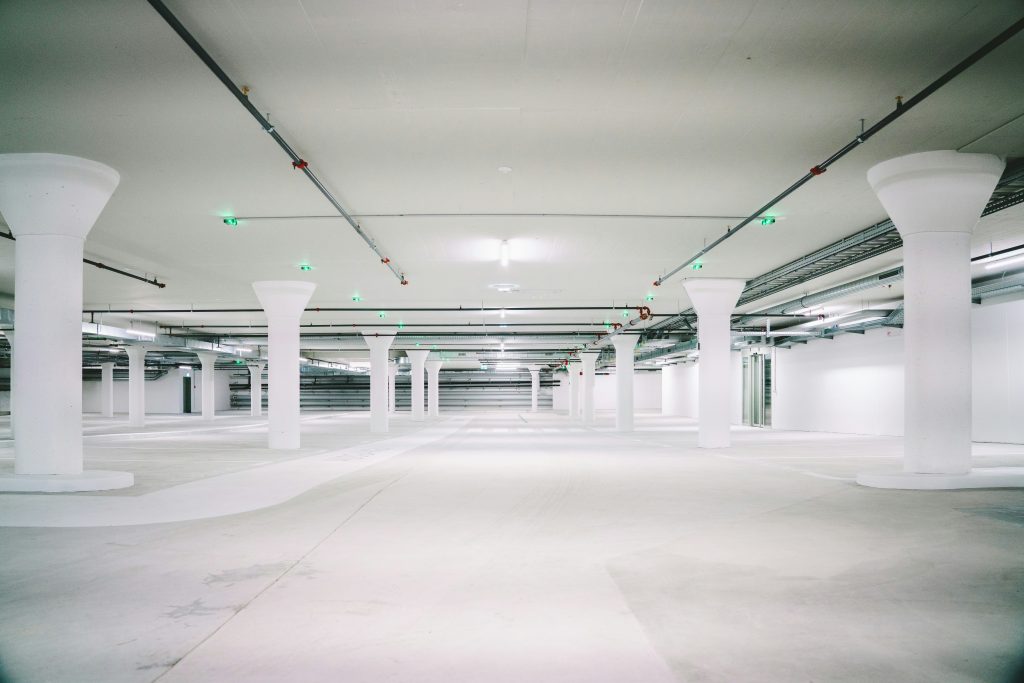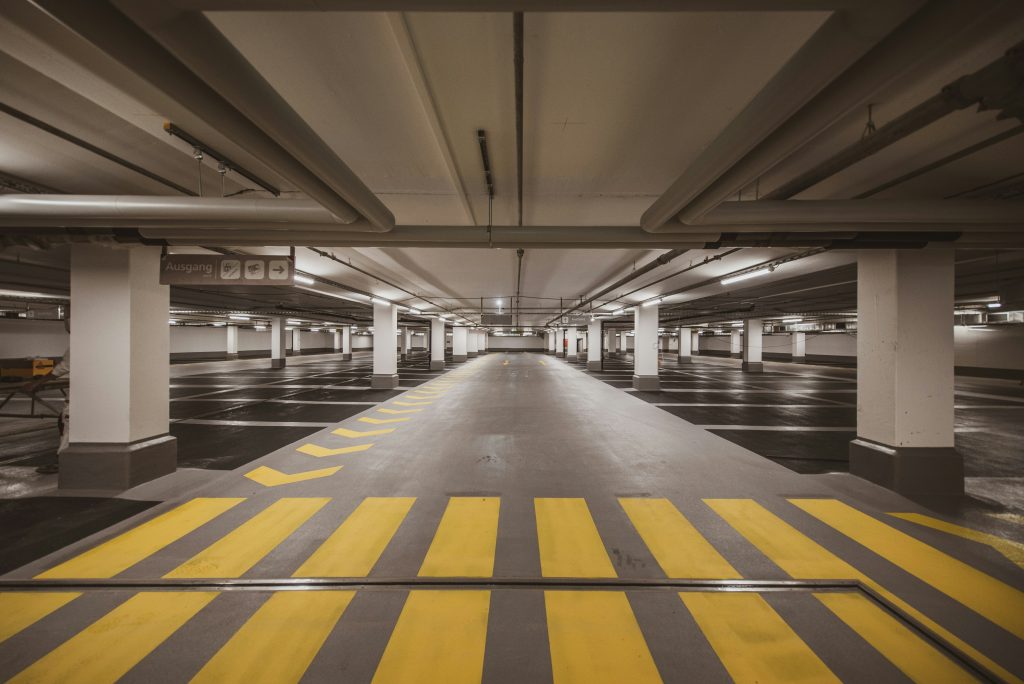As we’ve seen so far in the 2020s, each year has had its fair share of events, crises, and challenges.
2022 was no different. Here are the issues that directly affected the real estate market:
- Inflation
- Rising Interest Rates
- Non-Resident Speculation Tax
- Vacant Home Tax
- More Homes Built Faster Act
- Foreign Buyers Two-Year Ban
2022 started strongly. The market was scorching hot and the average home price in the GTA peaked at $1,332,000 in February. We had record low interest rates, a determined bunch of post-COVID buyers in search of a new home, and low inventory levels.
Fast-forward to December: the average price is down to $1,051,216, houses on the market longer, new listings falling and as a result, fewer homes being sold.
While many didn’t expect the torrid early 2022 market to continue, no one anticipated the stark contrast of the first three months versus last three months of the year.
- Inflation – Over the last 20 years, Canada’s inflation rate has stood between 1% and 3%. Then, after COVID relented a bit, pent-up consumer demand and a lack of products (mostly due to supply chain issues) started to drive up prices in late 2021. Add Russia’s invasion of Ukraine and rising gasoline prices in early 2022, and then food and other goods crept upwards. By the end of March, inflation was at 6.7%. Thankfully peak inflation was June’s 8.1%, and notably lower than other countries in the G7. With December’s inflation rate at 6.8%, we’re hoping that it continues to fall.
- Rising Interest Rates – Obviously hand-in-hand with the above, the cost of goods were rising faster than wages. In an attempt to combat inflation, the Bank of Canada raised interest rates from 0.25% in March to 4.25% by the end of 2022. These combined factors rapidly slowed demand for houses, while also reducing prices. What also caused the significant softening of the market was the mortgage stress test. It remained unchanged despite the substantial inflation and interest rate increases.
- Non-Resident Speculation Tax (NRST) Increase – For anyone that is not a Canadian citizen or permanent resident purchasing in Ontario, this tax rose to 25% in October from 20%.
- Vacant Home Tax – A federal tax of 1% on vacant foreign-owned homes was implemented active retroactively to Jan 1 2022. It’ll be interesting to see if a) this will be measurable, and b) how much of an impact this will have on housing inventory. A vacant home tax of 1% for all residents was also introduce in Toronto and Ottawa effective for 2022. Here’s what you need to know:
- You must make necessary arrangements to ensure that the declaration has been filed if you own a home in Toronto! This applies even if it’s not vacant or if it’s a rental property. Make sure you’ve completed this declaration by Feb 2nd: https://www.toronto.ca/services-payments/property-taxes-utilities/vacant-home-tax/
- This tax will form a lien on the property, with any unpaid taxes becoming the responsibility of the purchaser. Your realtor should be including a clause in your agreement of purchase and sale addressing this.
- The seller must complete the declaration before Feb. 2nd (when declaration period ends) for any closings since Jan. 1st (the seller knows the occupancy status from the previous year). If closing occurs after the declaration period ends (Feb. 3 to Dec. 31), the purchaser must submit the declaration the following year. This qualifies the purchaser for the “Transfer of Legal Ownership” exemption.
- The seller should provide a copy of the completed and filed property status declaration to the purchaser. Your real estate lawyer should be checking that this declaration has been completed before closing.
- The seller should also deliver a statutory declaration at closing that confirms the filled property status declaration is true and accurate.
- More Homes Built Faster Act – While the intentions of this act are sound, it’s hard to see the lofty aspirations being met. In addition to the cringe-worthy name of the Act, here are some other potential pitfalls:
- Decreased development charges mean more of a burden on municipalities. Money that cities use for infrastructure will be reduced drastically. This likely means increased municipal taxes or reduced services.
- Environmental protections and heritage designations are at risk as developers have fewer rules to follow.
- Construction and building are already at a maximum. An increased labour supply is needed before additional density can be built.
- Foreign Buyers Two-Year Ban – We’re still waiting on details about this ban (other than it will last 2 years), but what we do know is here. Considering that foreign buyers make up a small portion of overall purchases, I’m unsure as to what kind of impact it will have. But again, we don’t know all of the details yet.
GTA real estate faced a lot of ups and downs in 2022, as did many real estate markets in Canada. While stabilization in prices occurred near the end of the year, I’m hoping that other factors such as inflation and interest rates start to draw closer to what we’re used to.
What do I expect in 2023? Expect another blog about that later on!
In the meantime, if you’re looking to see what the market in your area is doing now, send me a message! I’d be happy to help you navigate your options for your unique situation!
Photo by Kelly Sikkema on Unsplash






